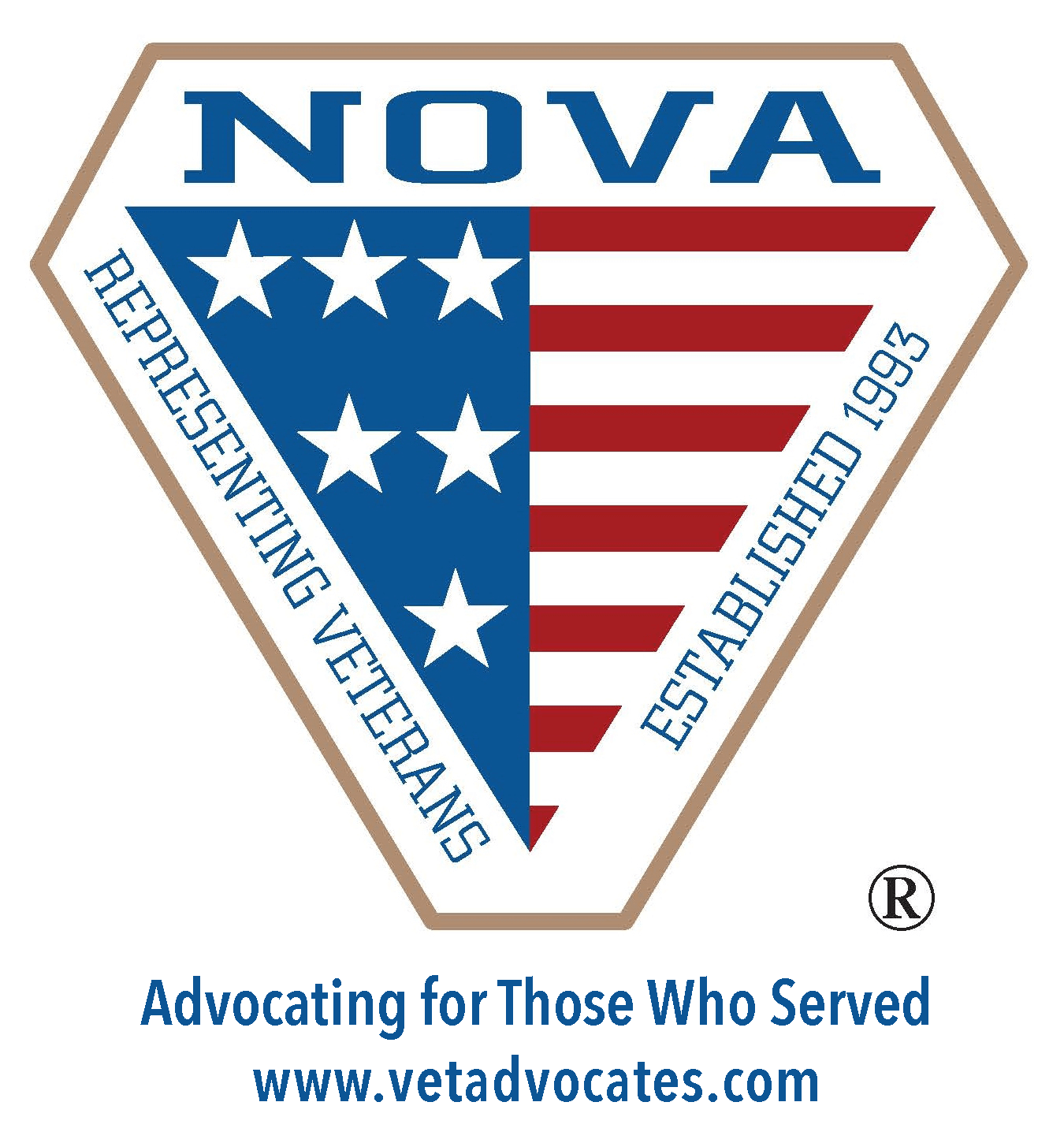Living with a heart condition can mean frequent chest discomfort, difficulty breathing, and fatigue. When a heart condition requires surgery, everyday tasks like walking and taking a shower can become even harder to manage.
Talk to Us About Your Claim:
(866) 232-5777
Veterans with heart conditions that require heart stents, valve replacement, pacemakers, or coronary bypass surgery may be eligible for a VA rating for heart surgery. In this article, we’re taking a look at how heart surgery to treat a service-connected heart condition can affect a VA disability rating, and how the VA rates heart attacks and other heart issues that may require surgery.
In this article about the VA disability rating for heart stents, pacemakers, and surgeries:
Heart conditions and heart surgery in veterans
Studies suggest that among individuals older than 50 in the U.S., veterans are at a higher risk of heart disease. Common heart conditions among veterans include but aren’t limited to:
Due to the stresses of military service, potential exposure to airborne hazards, use of coping mechanisms like smoking, and service-connected mental health conditions like depression and PTSD, some veterans may develop heart conditions that require surgery. Common heart surgeries include valve replacements and stent insertions, among others.
“They have shown me nothing but professionalism and quick responsiveness to any situation. Without this firm, I truly believe I would not have gotten all the benefits that I was eligible and entitled to receive. I have referred 16 veterans to this law firm.“
VA ratings for heart surgery
In the event of heart surgery due to a service-connected heart condition, veterans should understand how surgery can affect their disability rating.
VA disability for heart valve replacement
When a heart valve fails to open adequately or leaks, the heart’s ability to pump blood throughout the body can be severely affected. If diet and medication aren’t enough to treat it, heart valve replacement surgery may be required. Heart valve replacement involves the removal of an affected heart valve, and replacing it with a prosthesis.
The VA awards a 100% disability rating for an “indefinite period of time” following the date the veteran was admitted to the hospital for a service-connected prosthetic heart valve replacement under diagnostic code 7016. Six months following hospital discharge, the veteran will be re-evaluated and assigned a new rating under the General Rating Formula for Diseases of the Heart, based on their level of impairment.
Pacemaker effect on VA disability
If your heart has a slow or irregular heartbeat, a pacemaker may be necessary to help stimulate the heart and keep it beating regularly. If you have a pacemaker installed due to a service-connected condition, the VA will assign you a temporary 100% disability rating for one month after you are discharged from the hospital for implantation or re-implantation, under diagnostic code 7018.
After one month, your rating is re-evaluated under diagnostic code 7010 for supraventricular tachycardia, diagnostic code 7011 for ventricular arrhythmias, or diagnostic code 7015 for atrioventricular block, whichever best fits your symptoms. The minimum rating for having a pacemaker installed because of your service is 10%.

VA disability rating for heart stent
Heart stents, or coronary stents, are small, expandable mesh coils that are inserted into narrowed arteries to keep them from closing or re-narrowing. Once a heart stent is inserted, blood flow is improved.
Since there is no diagnostic code specifically for heart stents, you may be wondering if you are able to get a VA disability rating for heart stents.
If you have a service-connected heart condition that requires a heart stent, you may be eligible for a disability rating for that heart condition. Heart conditions that may potentially require heart stents include but aren’t limited to heart attacks and coronary heart disease.
VA disability rating for coronary bypass surgery
Coronary bypass surgery creates a new path for blood to flow in the event of a blocked or partially blocked artery. Following surgery, blood flow to the heart should improve.
A coronary bypass might be done in an emergency following a heart attack or if you have any of the following conditions:
- A blockage in the left main heart artery
- Severe narrowing of the main heart artery
- Severe chest pain caused by narrowing of several heart arteries
- More than one diseased heart artery and your lower left heart chamber doesn’t work well
- A blocked heart artery that can’t be treated with coronary angioplasty
- Angioplasty with or without a heart stent that hasn’t worked
Veterans who have coronary bypass surgery to treat a service-connected heart condition will be awarded a temporary 100% disability rating for three months following their admission to the hospital for surgery, under diagnostic code 7017. Afterward, their condition will be re-evaluated using the criteria in the General Rating Formula for Diseases of the Heart.
VA disability for heart attack
In the event of a heart attack, a veteran would be entitled to a temporary 100% disability rating for three months following the heart attack under diagnostic code 7006 for myocardial infarction, the scientific name for a heart attack.
After this three-month period, the VA will re-evaluate your post-heart-attack condition using the METS test and assign a new rating. Based on the results of your stress test, you could be assigned a rating of 10%, 30%, 60%, or 100% disabling.
VA disability ratings after heart surgery
Following the designated temporary total rating period for heart surgery, you will be reevaluated and assigned a new rating. Most post-heart surgery symptoms and complications will be rated under the General Rating Formula for Diseases of the Heart between 10% and 100%.
The rating you’re assigned largely depends on your score on an exercise stress test, known as a metabolic equivalent test called the METS test. This METS test measures how much energy it takes to complete a task and the presence of heart failure symptoms including:
- Breathlessness
- Fatigue
- Angina (chest pain)
- Dizziness
- Arrhythmia
- Palpitations
- Syncope (fainting or passing out)
Functional abilities are classified in terms of metabolic equivalents (METs).
| Description | VA Rating | Monthly payment (vet only) |
|---|---|---|
| Workload of 3.0 METs or less results in heart failure symptoms | 100% | $3,737.85 |
| Workload of 3.1–5.0 METs results in heart failure symptoms | 60% | $1,3161.88 |
| Workload of 5.1–7.0 METs results in heart failure symptoms; or evidence of cardiac hypertrophy or dilatation confirmed by echocardiogram or equivalent (e.g., multigated acquisition scan or magnetic resonance imaging) | 30% | $524.31 |
| Workload of 7.1–10.0 METs results in heart failure symptoms; or continuous medication required for control | 10% | $171.23 |
Presumptive service connection for heart disease
The VA presumes that specific disabilities diagnosed in certain veterans were caused by their military service because of the unique circumstances of their service.
While no heart surgeries are considered presumptive, ischemic heart disease, which can lead to heart surgery in some cases, is presumptive of qualifying Agent Orange exposure.
If you were exposed to Agent Orange during military service and later developed ischemic heart disease, you will not have the burden of proving a medical nexus. In other words, the VA will automatically assume your condition was caused by your service.
To be eligible for these presumptive connections, the time and place of your service must also fit within the established guidelines used by the VA.
TDIU for heart conditions
Veterans with a service-connected heart condition that prevents them from holding “gainful employment” may be eligible for total disability based on individual unemployability (TDIU) for their heart condition.
A heart condition and its residual mental and physical effects could make it difficult to perform physical work without getting overtired or out of breath. Sleep problems can commonly occur alongside certain heart diseases or after heart surgery. These sleep issues may lead to poor concentration and trouble staying on task. Many people who have a “cardiac event” also experience anxiety or other mental health conditions like PTSD. Poor mental health can contribute to other difficulties in the workplace.
TDIU is intended to compensate veterans who aren’t able to work because of a service-connected heart condition, but their disability is not rated 100% disabling. TDIU pays the same monthly amount as a 100% rating, without the veteran meeting the schedular criteria of a 100% rating.
To qualify for TDIU, veterans must typically have a combined rating of 70%, with one disability rated at least 40%, or must have one disability rated at 60% or higher.
“I honestly believe that:
1) Dealing with that VA requires an expertise that many of us do not possess.
2) Woods & Woods made the difference.
Their savvy expertise in dealing with the VA and their commitment to their clients exemplifies a level of professionalism and commitment that seems not to be the standard in today’s world.“
How Woods and Woods can help
If you’re a veteran with a service-connected heart condition that requires surgery, the VA-accredited attorneys at Woods and Woods can help you get the compensation you deserve.
Call us today for a free legal consultation. You don’t owe us a dime unless you win.
Talk to Us About Your Claim:
(866) 232-5777
FREQUENTLY ASKED QUESTIONS
There is no diagnostic code to rate heart stents specifically, but if a veteran with a service-connected heart condition requires a heart stent, they may be eligible for a disability rating for that heart condition.
Some heart surgeries qualify for a temporary total rating, which is a temporary 100% disability rating. These can include heart valve replacements, pacemaker installations, heart stent placements, coronary bypass surgeries, and other surgeries after a heart attack. Following the temporary total disability rating period, veterans will be re-evaluated and assigned a new disability rating based on their current residuals and symptoms.

Neil Woods
VA disability lawyer
Woods and Woods
VA Accreditation Number: 44739



